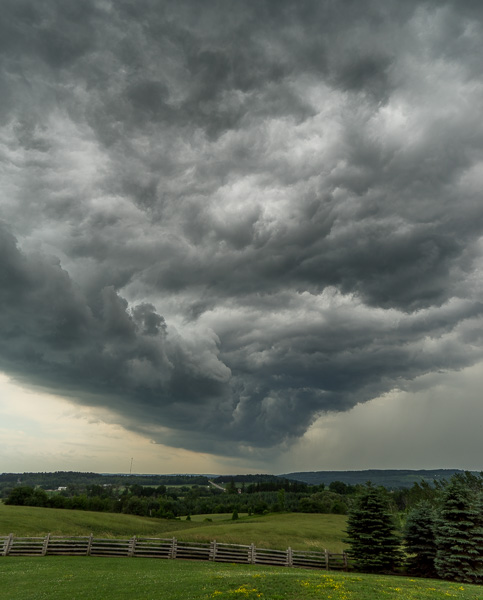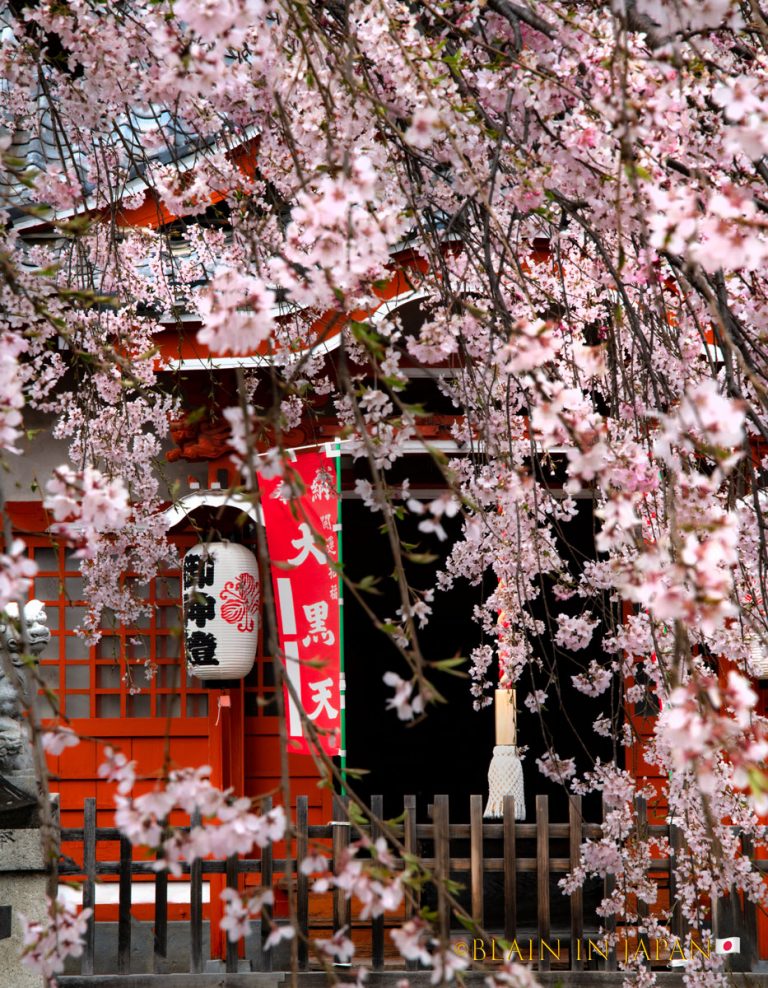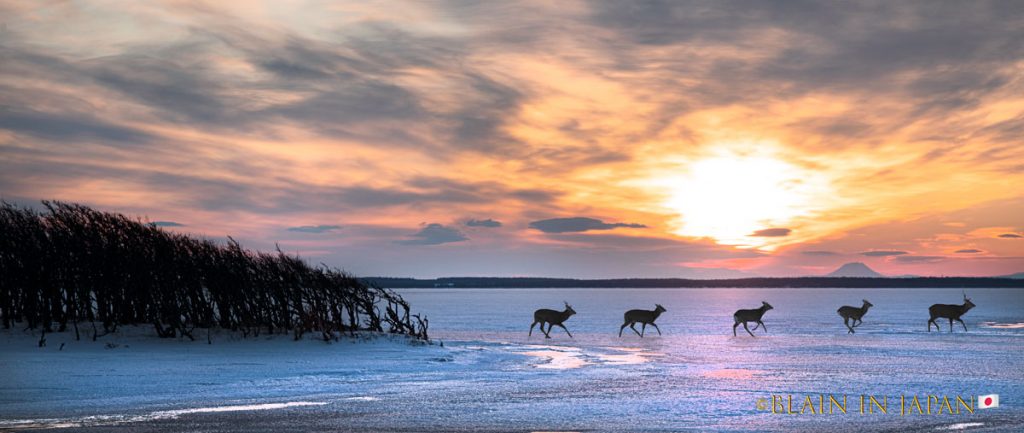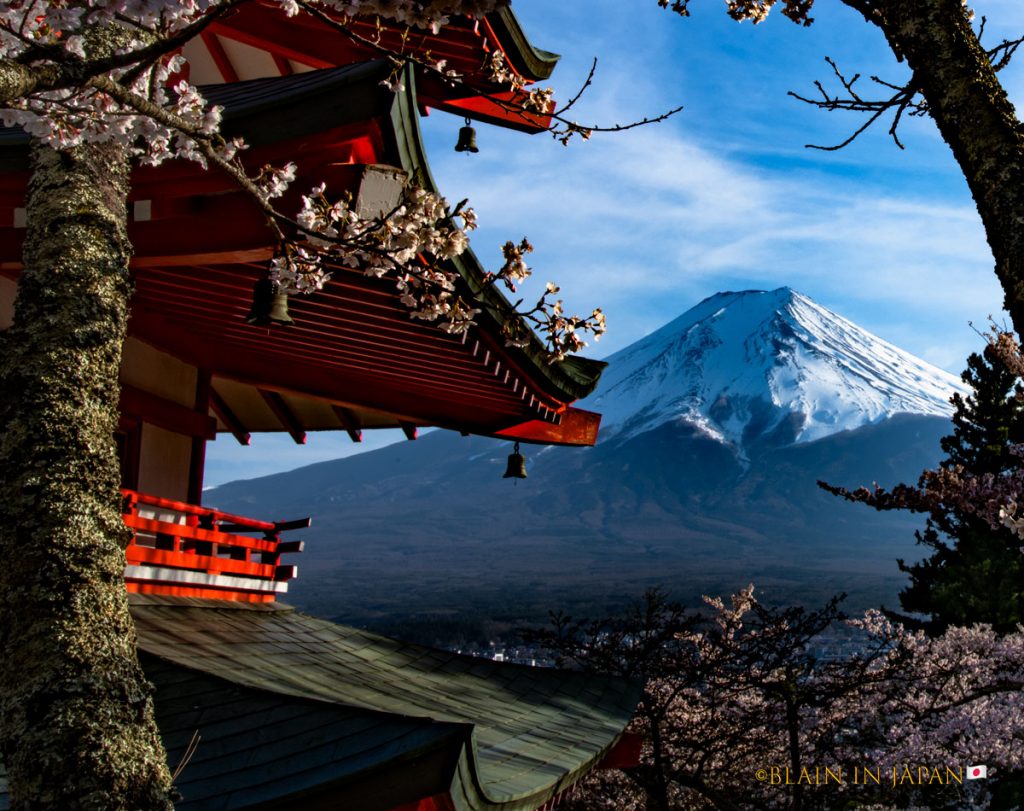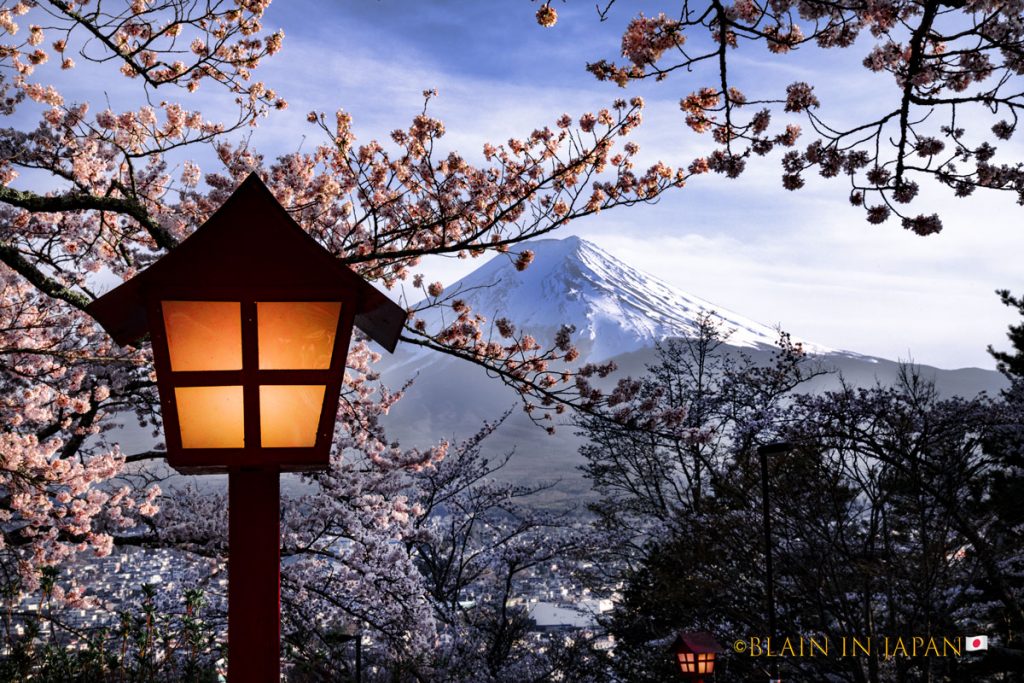Art is transformation of reality.
Introduction
I believe that art is the transformation of reality. In my current work, this transformation of reality is essentially focused on color. A number of other alterations, modifications, or manipulations, to use a term favored by photographers, are also made to the original capture. However, these alterations are minor compared to the color transformations.
My images are not about reality. Neither are they aesthetic renditions of reality. They are transformations of reality. My goal when creating my images is not to make reality aesthetically pleasing. My goal is to transform reality.
In doing so, I am challenging people’s belief about what a fine art photograph is. Rather than affirm their beliefs, I replace them with my beliefs about art.

How It Happened
In 2018, reality let go of its grip on me. It could be said that it is me who stepped away from reality. But the truth is that it wasn’t my decision. It just happened. Maybe I had spent enough years trying to be ‘faithful’ to reality. Or maybe I had spent too much time trying to make reality as aesthetically pleasing as I could.
Whatever it was until 2018 I was still abiding by reality. Its grip on me was strong. And then, for no particular reason, I could think of, it let go. I started creating images that no longer attempted to make reality look better, or more beautiful. I now created images that depicted their own reality. Images that looked at the original scene, at ‘reality,’ not as a point of reference but as a point of departure. Reality became something I wanted to depart from, not something I wanted to be faithful to.
Reality was no longer a relevant point of reference. In fact, it no longer was a point of reference at all, period. The reality was what I started from because that is what the camera captured. But reality was the material from which a new reality was emerging. Reality was like a tree sawed into planks and the planks worked into an armoire. When one sees the armoire, one does not think of the tree. One thinks of the armoire. The images I was creating now were like that. When I look at them, I do not think of the original landscapes. I think about the images. The photographs in front of me are all that matter. The comparison with the original scenes is gone. What I care about is that these images are beautiful, that they create their own reality, and that this reality is unique to them.


Reality And Believability
I used to say that my goal was to create believable images, not realistic images. This meant that I was giving myself permission to transform reality within the limits of believability. The images could be manipulated in whatever ways I wanted, however, they had to remain believable. The viewer had to believe that the scenes depicted in my photographs could happen. Whether this scene did happen or not, whether the viewer witnessed such a scene themselves, was irrelevant. Maybe they did and maybe they did not. Whatever the case they had to believe that it could happen.
I posed this dichotomy, or this dilemma, this question as such: did it happen? No. Can it happen? Yes. That it did not happen was not important. That it could happen was. It mattered to me that there was a possibility of witnessing the scenes depicted in my images.
It no longer does. I am now comfortable phrasing the question differently. Did it happen? No. Can it happen? Who cares? My images are no longer about reality. They are about me. About my vision. About my desire to express what I see in my mind. About my decision to express my sense of beauty and aesthetics. The colors are the colors I like, not the colors present in reality. The fact that these colors may not be believable no longer matter. They are figments of my imagination and I am happy with them.
As such the question above can be rephrased a second time as such: did it happen? No. Did I see it in my mind? Yes. The concern for believability is gone, replaced with the concern for being faithful to my vision for each image.
Assessing the believability of an image depended on the decision of an external audience. Because this assessment is no longer relevant, necessary, or wanted, the reference to an external judge, arbiter or reference is also no longer relevant, necessary, or wanted.
The images I create now are a reference to my vision, not a reference to an external reality that an audience can refer to. The point of reference has therefore become me. If there is to be an assessment, that assessment is about whether my photographs reflect my vision. Whether they form a continued expression of this vision. Whether they are congruous with this vision. Should they be incongruous the coherence of the body or work formed by these new images would be broken? There would be a rift between transformation and lack of transformation. To prevent this, I must now make sure that each new image I create is a transformation of reality and that each is concerned with my vision and unconcerned with believability.

About Alain Briot
I create fine art photographs, teach workshops with Natalie and offer Mastery Tutorials on composition, image conversion, optimization, printing, business, and marketing. I am the author of Mastering Landscape Photography, Mastering Photographic Composition, Creativity and Personal Style, Marketing Fine Art Photography, and How Photographs are Sold. All 4 books are available in eBook format on our website. Free samplers are available.
You can find more information about our workshops, photographs, writings, and tutorials as well as subscribe to our Free Monthly Newsletter on our website. You will receive 40 free eBooks when you subscribe.

Studying Fine Art Photography with Alain and Natalie Briot
If you enjoyed this essay, you will enjoy attending a workshop with us. I lead workshops with my wife Natalie to the most photogenic locations in the US Southwest. Our workshops focus on the artistic aspects of photography. While we do teach technique, we do so for the purpose of creating artistic photographs. Our goal is to help you create photographs that you will be proud of and that will be unique to you. The locations we photograph include Navajoland, Antelope Canyon, Monument Valley, Zion, the Grand Canyon and many others. Our workshops listing can be found HERE.





